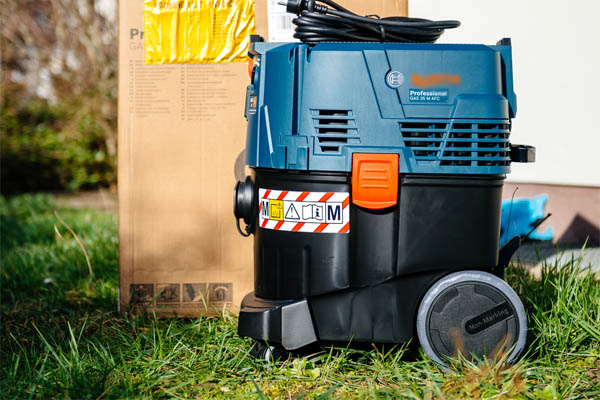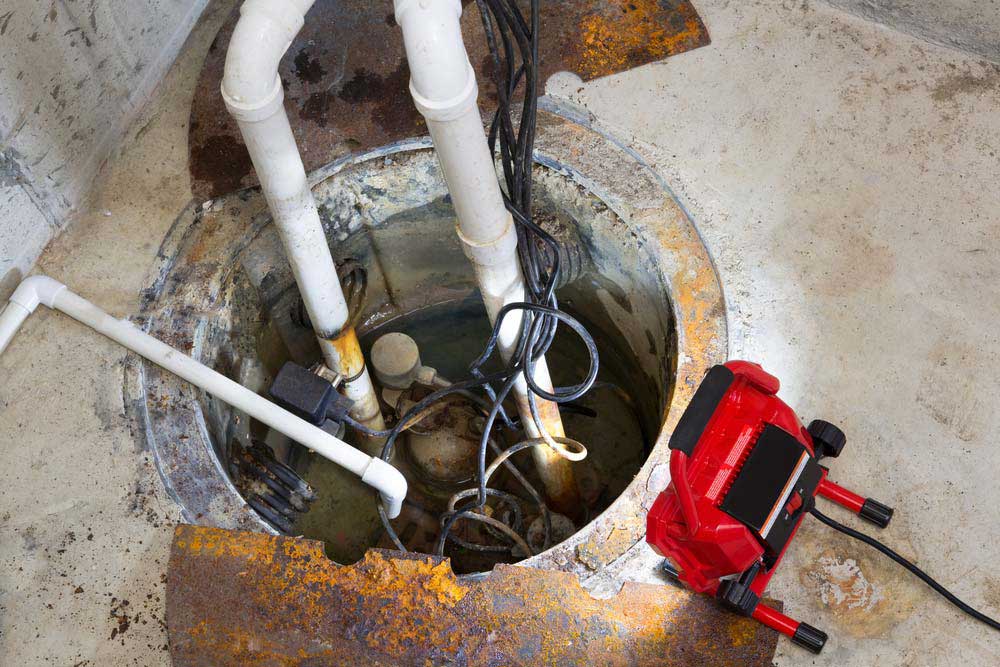Quick Solutions for Maintaining a Sump Pump
Quick Solutions for Maintaining a Sump Pump
Blog Article
In this article underneath you will discover a bunch of awesome help and advice regarding How To Effectively Clean A Sump Pump.

Sump pumps are important parts in many homes, especially in areas prone to flooding or extreme dampness. They assist protect against water damages by successfully removing excess water from basements or crawl spaces. Nevertheless, like any other appliance, sump pumps require regular upkeep to ensure they function effectively when needed one of the most. Cleaning your sump pump is a vital part of its upkeep, and comprehending exactly how to do it properly can save you from pricey repairs and potential catastrophes.
Introduction
Keeping a clean sump pump is vital for its proper performance and durability. Neglecting this vital task can lead to blockages, breakdowns, and eventually, water damage to your home. Consequently, discovering exactly how to cleanse a sump pump is essential for property owners that depend on these gadgets to maintain their basements completely dry and protected.
Comprehending the Sump Pump
Before diving right into the cleansing process, it's vital to have a basic understanding of exactly how a sump pump functions. Generally set up in a pit or basin listed below the cellar flooring, a sump pump contains several vital elements, consisting of a pump, a float switch, and a discharge pipeline. When water collects in the pit, the float switch turns on the pump, which after that pumps the water out with the discharge pipeline, away from the building's foundation.
Signs of a Dirty Sump Pump
Understanding when your sump pump needs cleansing is critical for preventing possible malfunctions. Some common indicators that suggest a dirty sump pump consist of strange noises during procedure, reduced water flow, and visible debris in the pit. If you discover any of these signs, it's vital to cleanse your sump pump quickly to avoid any type of additional issues.
Preparing for Cleaning
Prior to you start cleansing your sump pump, it's essential to take some safety and security precautions. Beginning by turning off the power to the pump to prevent any electrical accidents. In addition, put on suitable safety equipment, such as handwear covers and safety glasses, to protect yourself from dirt, particles, and prospective virus.
Detailed Guide to Cleaning a Sump Pump
Shutting Off the Power
Begin by disconnecting the power supply to the sump pump to stop any kind of mishaps while cleansing.
Removing Debris and Dirt
Use a bucket or a scoop to get rid of any visible debris, dirt, or sediment from the sump pit. Dispose of the particles appropriately to avoid it from obstructing the pump or the discharge pipeline.
Cleaning the Pump and Float Change
When the pit is clear of debris, thoroughly get rid of the pump from the pit. Check the pump and the float button for any type of indicators of damages or wear. Use a soft brush or cloth to clean the surface areas and remove any built up grime.
Flushing the System
After cleaning up the pump and float switch, purge the sump pit with tidy water to remove any continuing to be dust or sediment. This will aid guarantee that the pump operates smoothly and successfully.
Looking For Appropriate Functioning
Before re-installing the pump, do a fast test to guarantee that the float button turns on the pump appropriately. Pour some water into the sump pit and observe the pump's procedure. If everything is functioning appropriately, you can reconstruct the pump and reconnect the power supply.
Maintenance Tips to Keep Your Sump Pump Clean
Along with routine cleaning, there are a number of upkeep pointers you can comply with to maintain your sump pump in optimal problem:
Final thought
Cleansing your sump pump is a vital aspect of its maintenance and ensures that it operates properly when you require it one of the most. By following the actions laid out in this overview and incorporating routine upkeep right into your regimen, you can extend the life expectancy of your sump pump and protect your home from water damage.
6 STEPS ON HOW TO CLEAN A SUMP PUMP PROPERLY
UNDERSTANDING SUMP PUMPS
Your sump pump plays a crucial role in protecting your home by managing and removing excess water. It primarily functions as a “shield”, guarding your basement against the damaging effects of water accumulation. The pump is housed in a sump pit in the lowest part of your basement, and its job is to pump out any water that collects there.
During heavy rainfalls or when snow melts rapidly, water can infiltrate your basement, posing potential risks like flooding, structural damage, and harmful mold growth. Here, the sump pump springs into action, pumping out the intruding water and directing it away from your home.
SAFETY FIRST
Before cleaning, remember to prioritize safety. Disconnect the sump pump from the power source to prevent any accidental electric shocks. Also, wear sturdy gloves to protect your hands from any sharp or dirty components within the pump.
REMOVE THE SUMP PUMP
After ensuring your safety, the next step is to remove the sump pump from its pit. Doing this might require careful maneuvering as you don’t want to damage any pump components. Once removed, clean the sump pit to remove any accumulated debris or sludge.
INSPECT THE PUMP
Inspect the pump for any visible signs of wear or damage. Check the power cord, float switch, and impeller housing. If any components look worn out or damaged, consider replacing them to ensure optimal performance.
CLEAN THE PUMP
Thoroughly clean the pump with warm, soapy water. Make sure to rid it of any dirt, gravel, or other debris that might impede its performance. You can use a toothbrush to clean the small, hard-to-reach parts of the pump.
REINSTALL THE SUMP PUMP
Reinstall the pump into the sump pit Make sure it’s positioned correctly to remove the water effectively Once it’s back in place, reconnect it to the power source TEST THE PUMP
Finally, pour some water into the pit to ensure the pump works correctly. It should start automatically and begin pumping out the water; if it doesn’t, check the power source and the positioning of the pump.
Remember, while cleaning your sump pump is an essential part of home maintenance, hiring a professional plumber for a thorough inspection and cleaning at least once a year is also important. This will ensure that your pump is in optimal condition, ready to protect your home from potential water damage.
BEST PRACTICES FOR CLEANING SUMP PUMP DISCHARGE PIPES
Regular Inspection: Regularly inspect your discharge pipes, especially during heavy rainfall or snowmelt periods. Look for any signs of blockage or damage. Early detection of problems can prevent serious issues down the line. Periodic Cleaning: Over time, sediment and debris can accumulate in the discharge pipes, impeding the flow of water. Regular cleaning helps keep the pipes clear and functioning efficiently. You can use a high-pressure water jet to effectively clean the pipes. Insulation During Winter: In colder climates, discharge pipes can freeze, blocking the outflow of water. Protect your discharge pipes from freezing temperatures by insulating them with foam pipe insulation. This will ensure the sump pump can continue to discharge water even in freezing conditions. Proper Positioning: The discharge pipe should be positioned to direct water away from your home’s foundation. Improper positioning can lead to water seeping back into the basement. Ensure the pipe is long enough and angled correctly. Installation of a Check Valve: A check valve prevents water from flowing back into your sump pit after the pump has pushed it out. Installing a check valve helps maintain the efficiency of your sump pump and reduces the risk of flooding. Minimize Pipe Turns: Every curve or turn in the discharge pipe can decrease the efficiency of water flow. By minimizing turns and bends in your discharge pipe, you can increase the efficiency of your sump pump. https://www.fullspeedplumbing.com/how-to-clean-a-sump-pump-properly9999/

I ran across that review on Cleaning & Maintenance Tips for Your Home's Sump Pump when surfing around the search engines. Do you know about somebody who is serious about the subject? Take a moment to share it. I truly appreciate your readership.
Book Instantly Report this page